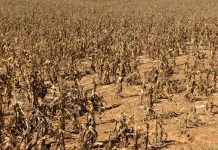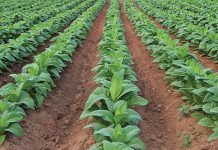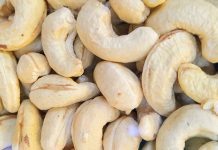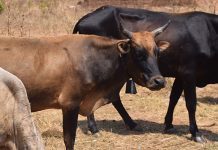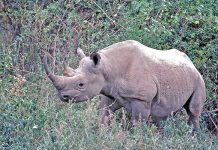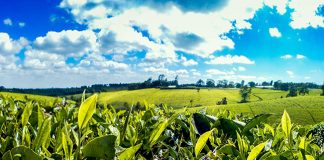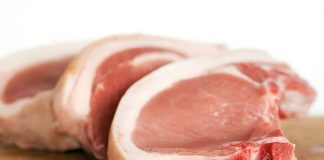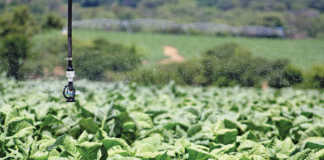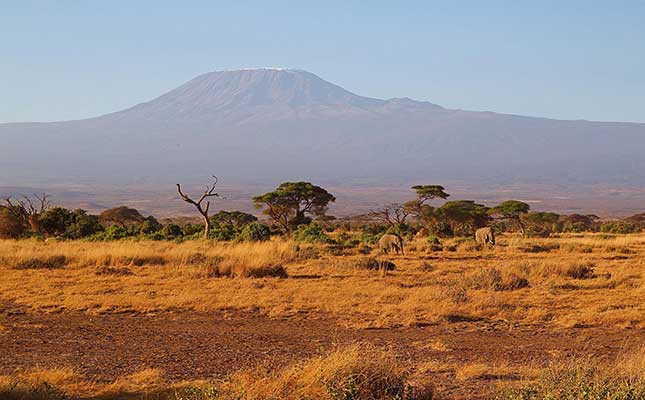
Photo: Pixabay
The degradation of the land had forced their livestock to compete with local wildlife for the fast-diminishing water supplies and grazing.
Thinking the rent would bring in much-needed extra income, the families found instead that the agreement only made the problem worse.
This resulted from the farmer clearing some of the land to grow crops and later to raise cattle, which shrunk the area of available pasture even further, driving out the wild animals.
However, Reuters reported that the farmer and the families then came up with a solution by converting some of the farmland “into sustainably managed rangeland to create a wildlife conservancy where cattle and wild animals can co-exist, and eco-tourism provides jobs for local people”.
Situated just outside the Maasai Mara National Reserve, the Enonkishu Conservancy was thus established in 2009, and has since grown into an almost 2 430ha project.
Community liaison officer Daniel Nampaso told Reuters that herders grazed their animals according to regulations that had been designed to have a minimal impact on the environment. These restrictions included a ban on crop farming and the erection of permanent structures such as fences or houses, as well as limitations on the number of livestock allowed into the area at any one time.
Following seasonal patterns to prevent overgrazing ensured that there were always areas of pasture available where wild animals could graze.
As a result, wildlife had returned to the land, while the herders’ livestock were thriving, according to Nampaso, who was among those who donated land to the project.
“Since we started grazing management, our members have never experienced a shortage of pasture and water,” he added.
According to the UN Environment Programme, the global food system was the primary driver of the loss of biodiversity.
The organisation said in a statement that the International Union for Conservation of Nature had identified agriculture as a threat to more than 85% of the 28 000 species at risk of extinction.
“Expansion of agricultural areas has been a key factor in the degradation of nature, including forest habitats,” Claudia Ringler, deputy director of the environment and production technology division at the International Food Policy Research Institute, said.
However, the Enonkishu Conservancy was helping to slow down deforestation because the pastoralists no longer needed to make ends meet through logging or charcoal production, Rebekah Karimi, manager of the conservancy, said.
Reuters reported that the pastoralist landowners still received rent from their farmer partner, who managed the land, as well as a share of the revenue earned from tourism.
In addition, local villagers worked as wildlife community scouts, spreading the word about conservation, and reporting animals that strayed into villages or onto farmland to the Kenya Wildlife Service, which then returned them to the protected area.
Before the conservancy was established, many of those animals would in all likelihood have been killed, Karimi said, adding that lions, elephants and other large animals often wandered into the surrounding villages in search of food and water, attacking livestock and destroying crops in the process.
Villagers retaliated by killing any animal that came near, Karimi said, adding that the frequency of such incidents had fallen dramatically since the launch of the conservancy.


